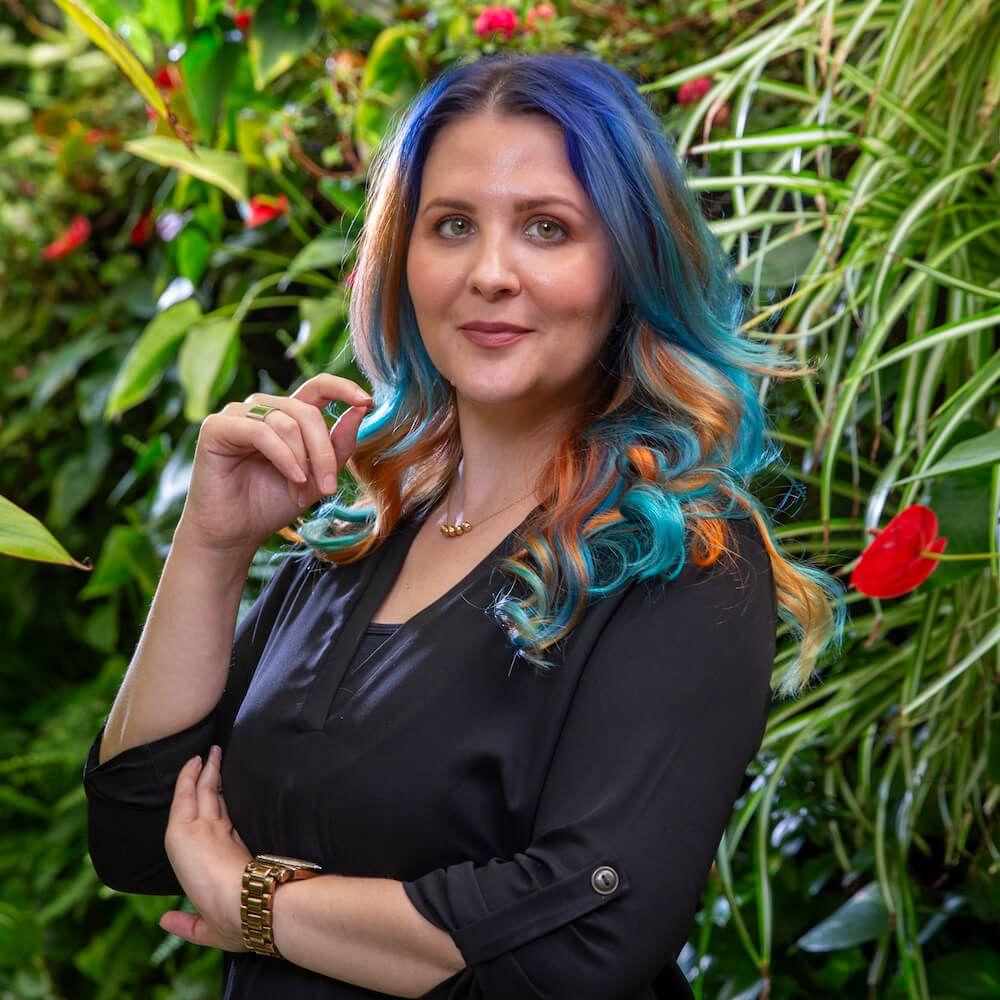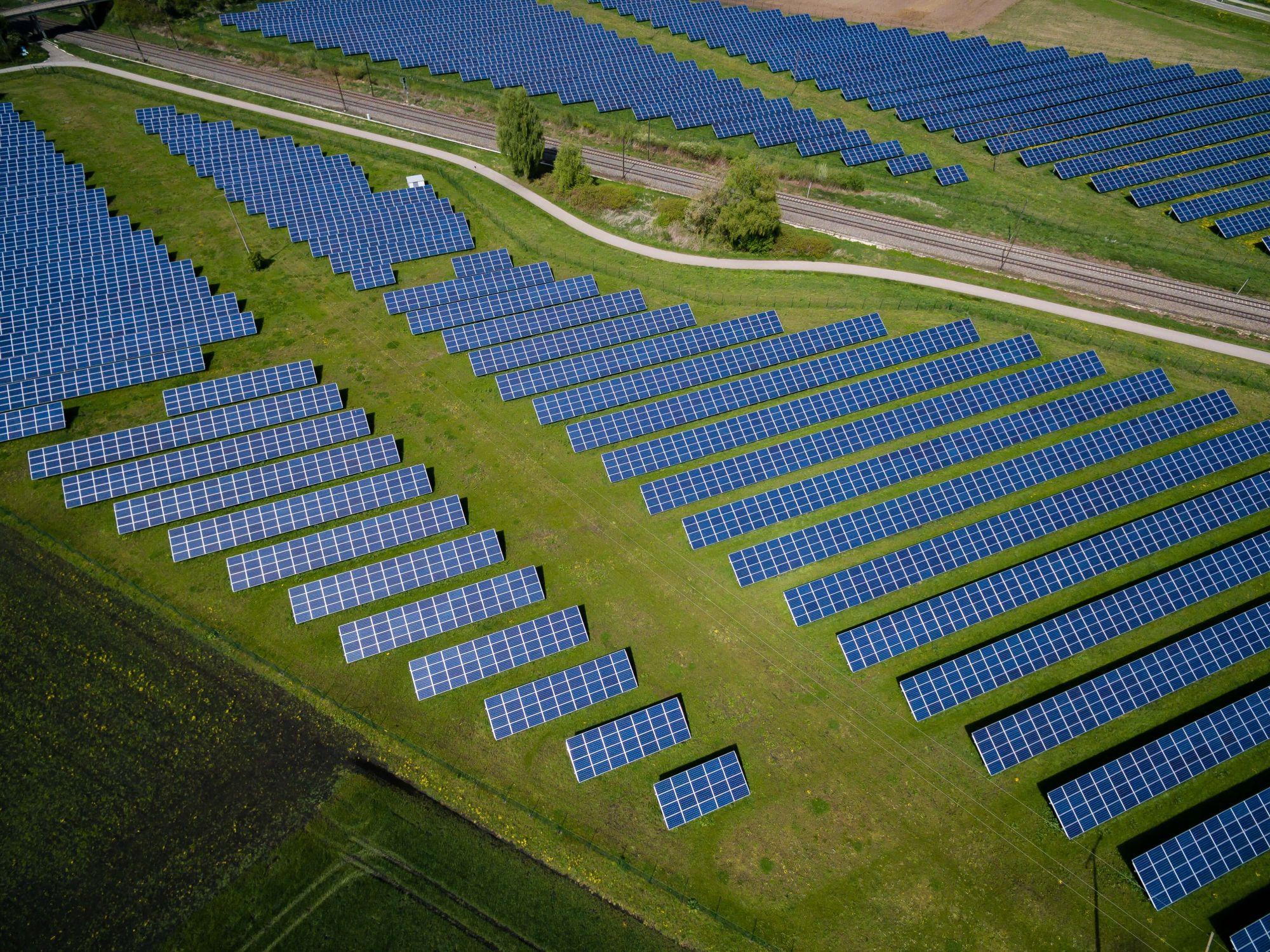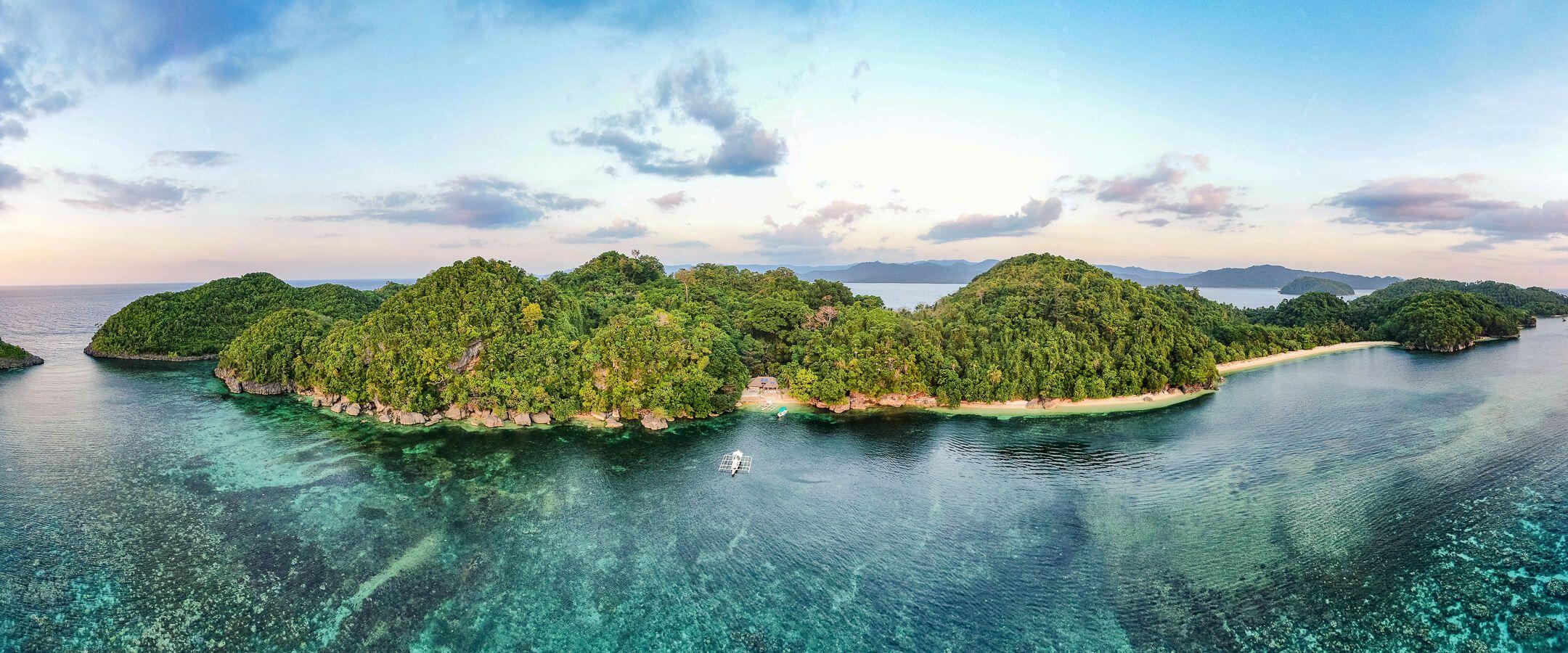Mapping the Ice, Charting the Future
As the arctic ice recedes and climate change transforms northern landscapes, SmartICE is helping to chart a course forward. A social enterprise anchored in Inuit Nunangat, the homeland of the Inuit in Canada, SmartICE has become a cultural and scientific repository for icy data and the preservation of Indigenous wisdom.
It starts with language.
In Inuit Nunangat, Canada's northernmost territory, ice holds a special place in Indigenous society. In a polar climate of forty below, frozen lakes, and blizzards, culture is innately bound up in the region’s most powerful element: ice.
“The Inuit terminology of ice is much richer than anything in the Western science nomenclature,” says Dr Trevor Bell, retired geography professor and founder of SmartICE. An award-winning social enterprise, SmartICE works with dozens of communities across the Canadian North, empowering them with equipment and training to monitor their ice travel routes.
The adaptive nature of Inuktitut is legendary. Yes, there are a dozen words for ice, but then there are a dozen more ways to use these words and mold them to express characteristics—depth, moisture level, frost, and more.
As climate change moves through the landscape, extreme weather events and unpredictable melting and freezing periods have changed the ice, an environmental effect that has left a mark on Inuit Nunangat and its residents.
“For Inuit, ice is so much part of their culture and identity. Therefore, as climate change intensifies, impacting their travel, harvesting, and security, SmartICE works with communities to strengthen their resilience and empower them with adaptation tools to mitigate ice travel risk,” Dr Bell explains, expressing the place ice holds for Inuit and the support that SmartICE offers.
A Highway of Ice
While the icy landscapes of Northern Canada might represent one of Earth’s most remote extremes, that ice provides a key method of transportation–a frozen highway connecting communities across Northern Canada.
“Because the Arctic is warming faster than anywhere else, the ice conditions are becoming more unpredictable in how late they're forming, how early they're breaking up–thinner ice where there were always safe travel routes before,” Dr Bell says.
In a region that encompasses nearly one-fifth of Canada, moving people and goods across long distances is crucial.
Only now, “Everything has become unpredictable,” Dr Bell says.
As the vulnerability and risks associated with ice travel became apparent, technology seemed to be the answer. Is there a solution that could enhance traditional skills and create updates for a surface that now seemed to be in constant flux?
A well-known geographer with long-standing ties in Inuit Nunangat communities, Dr. Bell was contacted by the Nunatsiavut Government, who wondered whether technology could mitigate that risk.
SmartICE was the answer, a way to build new maps across communities.
“We started producing illustrated ice terminology books for each household and then using some of that information to illustrate travel safety posters for young people and inexperienced ice users,” Dr Bell explains.
These illustrated guides were filled with a blend of traditional wisdom and new technology, offering knowledge about how to prepare before going out on the ice or travelling during spring, when melting ice means sudden changes.
A Spatial Understanding
Qaujimajatuqangit is an Inuktitut word that encompasses aspects of traditional Inuit knowledge, values and even the Inuit worldview. And this Qaujimajatuqangit for ice conditions actually includes a spatial component.
Sikumiut members asked SmartICE to train their youth in computer mapping so that the spatial component of their Inuit Qaujimajatuqangit (IQ) could be recorded on Seasonal IQ Travel Maps. “We started helping them map knowledge of recurring hazards on the ice, like where the leads and the cracks are, and where the slush forms,” Dr Bell says.
This spatial awareness has led to a system of data analysis that combines Inuit terminology and IQ with satellite image interpretation to create maps that, in Dr. Bell’s words, offer “an Inuit travel perspective for the ice.” SmartICE Inuit staff undergo two years of training to combine their community IQ of sea ice with modern scientific tools, such as satellite image analysis and geomatics, to produce bi-weekly Satellite Travel Safety Maps tailored to local communities.
While technology might form the technical backbone of SmartICE's services, Dr. Bell is clear that its overarching goal is to support local communities. Throughout their operation, SmartICE has assisted with documenting regional ice IQ, helping to draft grant applications, and managing data requests.
“It’s what I call being a research champion for the community,” Dr Bell says.
“In the past,” Dr Bell says, “knowledge was transferred between grandparents and grandchildren and elders and young people when they travelled on the ice together. And our Community Management Committees (CMCs) tell us that's not happening as much as it used to – that knowledge is not being transferred in the same way.”
Indigenous peoples have learned to adapt to changing climate and society for generations, and that knowledge is really at the core of their adaptation capacity and the resilience of those communities.
Training, Technology, and Topography
From the original team of two, SmartICE has grown to an organisation with over 20 full-time employees, which swells to 60-80 during the ice season.
SmartICE uses various technologies to create its maps, including SmartBUOYS, a string of thermometers known as ‘thermistors,’ which are inserted into the ice. These devices transmit data to a satellite, measuring ice thickness and snow depth by the temperature gradient between ocean, ice, snow, and air.
“We're always refining our technology to keep pace with the changing climate,” he says.
As part of that evolution, SmartICE has also created a mobile ice-thickness sensor that is towed behind a snowmobile, providing real-time data of the ice below. “We have our paid operators in communities who travel traditional routes or wherever the community wants them to go,” Dr Bell explains. “They can see the ice thickness beneath them as they travel. When they get back to the community, their route is uploaded along with the ice thickness, and we automatically produce a colour-coded map of the ice thickness.”
This information is then available to all participating communities through a social and indigenous knowledge network called SIKU (via website or app). For the Inuit, the mobile sensor is a SmartKAMUTIK or SmartQAMUTIK (depending on the region), which, as Dr Bell tells me, is a variation of the Inuit word for ‘sled or sledge.’
“SmartICE is not a research project,” Dr Bell says, “that distinction is really important to me.”
“We’re going to be here for the next 50 or 100 years, depending on how long communities need us. There's a legacy of academic and government research in the north that only lasts for the duration of a grant, and then people leave.” He shakes his head, “With something as critical as ice travel, that can't afford to happen anymore and is a real colonial research model.”
SmartICE’s commitment is exemplified in its integration with Inuit communities. SmartICE technology is assembled at a local production centre in Nunatsiavut by youth trained in their Employment Readiness and Technology Development Program. The production centre is a new initiative for the region and has been so successful that they intend to open a second location in Nunavut, another region of Inuit Nunangat, to meet demand.
Knowledge, training, production, analysis, and staffing are all anchored in Inuit Nunangat. So, what happens to the data that SmartICE collects?
“The community owns this information; that's the most important thing,” Dr Bell says.
SmartICE is currently co-developing a data-sharing framework with communities. Respecting indigenous ownership and data sovereignty are crucial, even when engaging funders and those seeking open data access.
Bell reminds me that one of SmartICE’s founding principles is co-management with local communities. “We partner with a community organisation that is responsible for safe travel, or we convene our own Community Management Committee to tell us how we should be operating in their community,” he says. SmartICE is about empowering and supporting, not extracting.
Finding a Course Forward
“Indigenous knowledge has to be at the core of any climate change adaptation,” Dr Bell says as we wrap up our interview. As a geographer, his awareness of climate change is intertwined with recent geological history and the evolution of arctic landscapes.
“I started working with archaeologists to understand how changing environments and paleo-geography influenced where prehistoric peoples lived in our province,” he says, easily slipping back into professor mode. “Their sites moved with falling sea levels or, in some cases, were submerged by rising sea levels. We have a very complex sea level history here in the eastern side of Canada, which impacts our understanding of the movement of cultures with climate.”
“Indigenous peoples have learned to adapt to changing climate and society for generations, and that knowledge is really at the core of their adaptation capacity and the resilience of those communities.”
SmartICE isn’t just about technology; it’s about storing and collecting millennia of experiences, facilitating an ‘intergenerational transfer of knowledge’ that is reintegrating ancient skills while adapting those skills to the instability of climate change. It’s a cyclical situation requiring resilience and innovation to preserve a cultural identity and ensure its survival.
And, of course, there’s always the ice.
“Technology is great to a certain extent, but when you're out on the ice, and it's 40 below, and it's dark, and you're trying to get home, and there's dangerous ice all around you, technology isn't necessarily going to help. Essentially, you need to have that knowledge that has been accumulated over generations to help you navigate that ice and get you home safely.”
To survive, you have to understand the language of ice.
Most Popular
The Climate Tribe delivers stories about Biodiversity and Conservation, Circular Economy, Food and Water , and how they intersect with climate.
Subscribe
Get the latest stories inspiring climate action around the globe straight to your inbox.





